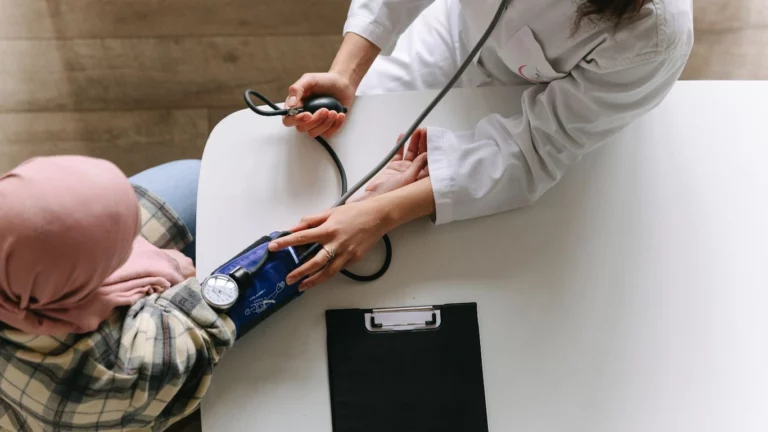Managing Rheumatoid Arthritis and Preventing Joint Deformities
Rheumatoid arthritis (RA) is a chronic inflammatory disorder that primarily affects the joints. But it’s not just a matter of pain and swelling; this condition can lead to joint deformities, significantly impacting mobility and quality of life. Having worked extensively in diagnosing and treating rheumatoid arthritis, I’ve seen firsthand the challenges that patients face as their condition progresses. It’s more than just the pain—it’s the potential for permanent joint damage, the deformities that can arise, and the emotional toll it takes on those living with it. In this article, we’ll take a deep dive into how rheumatoid arthritis impacts joint health, focusing on the development of joint deformities and how they affect daily life.
The Role of Inflammation in Joint Deformities
To understand how rheumatoid arthritis leads to joint deformities, we need to first look at what happens in the body during an RA flare-up. Rheumatoid arthritis is an autoimmune condition, where the immune system mistakenly attacks the synovial lining of the joints. This leads to inflammation that, over time, can damage not just the soft tissues, but also the bones and cartilage that make up the joint.
The inflammation in RA can cause a number of symptoms, including pain, swelling, and stiffness in the affected joints. However, if left untreated or poorly managed, the ongoing inflammation can lead to the erosion of bone and cartilage. This erosion, in turn, can cause the joint to lose its structural integrity, ultimately resulting in joint deformities.

How Does Inflammation Lead to Joint Damage?
One of the key mechanisms behind joint deformities in rheumatoid arthritis is the persistent, unchecked inflammation. This inflammation isn’t limited to the surface of the joint; it penetrates deeper, attacking the joint’s cartilage, bone, and even ligaments. The body tries to heal this damage, but the healing process is often incomplete and disorganized, leading to deformities over time.
The inflammation can cause the joint capsule (the structure that holds the bones of the joint together) to stretch and become unstable. As the cartilage breaks down, the bones within the joint may start to rub against each other, causing further damage. In some cases, the tendons and ligaments surrounding the joint can become weakened or stretched, further exacerbating the deformity.
Common Joint Deformities in Rheumatoid Arthritis
Over the years, I’ve seen a variety of joint deformities in my patients with rheumatoid arthritis. While the specific joints affected can vary from person to person, some deformities are more common than others. Understanding these deformities can give patients a better sense of what to expect and how to manage the condition effectively.
1. Swan Neck Deformity
One of the most common deformities seen in RA is the swan neck deformity. This occurs when the middle joint of the finger is bent back, while the tip of the finger is bent forward. This happens due to damage to the tendons and ligaments that control finger movement, and it can be quite disabling, making it difficult to perform everyday tasks like gripping or typing.
2. Boutonnière Deformity
Another common deformity is the boutonnière deformity, which affects the fingers as well. In this case, the middle joint of the finger bends inwards, while the top joint extends. This creates a buttonhole-like appearance, which is where the name comes from. This deformity typically happens when the ligaments and tendons around the finger joints weaken and stretch due to prolonged inflammation.
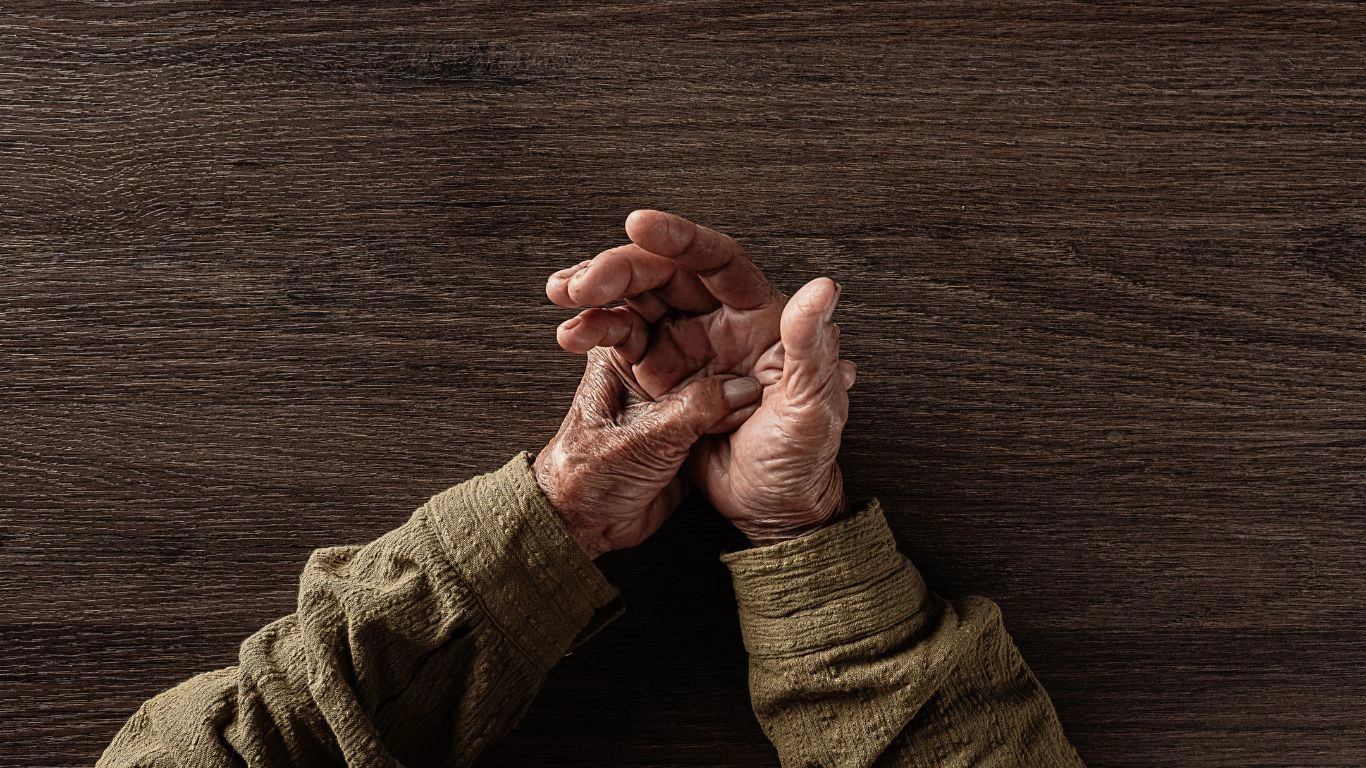
3. Ulnar Deviation
Ulnar deviation, or “drifting,” is another deformity that can occur in RA, especially in the hands. It happens when the fingers start to angle away from the thumb, moving toward the pinky side of the hand. Over time, this can make it difficult to grasp objects or even close your hand properly. The cause of ulnar deviation is related to the damage caused to the ligaments and joints in the hand by chronic inflammation.
4. Hammer Toe
Rheumatoid arthritis doesn’t just affect the hands; it can also cause deformities in the feet, such as hammer toe. This happens when one of the toe joints becomes contracted, forcing the toe to bend downward. Hammer toes can cause significant pain, especially when wearing shoes, and may require surgical intervention in severe cases.
Why Early Diagnosis and Treatment Matter
One of the most important things I tell my patients is that early diagnosis and treatment are crucial in managing rheumatoid arthritis and preventing joint deformities. The earlier we can get the inflammation under control, the better the chances of reducing the risk of long-term joint damage. By effectively managing RA with medication, physical therapy, and lifestyle changes, it’s possible to slow down or even halt the progression of joint deformities.
In my experience, patients who start treatment early often experience fewer complications and better long-term outcomes. For instance, disease-modifying antirheumatic drugs (DMARDs) and biologics can be extremely effective in reducing inflammation and preventing damage to the joints. Joint protection techniques, as well as regular exercise and physical therapy, can help improve function and prevent deformities from getting worse.
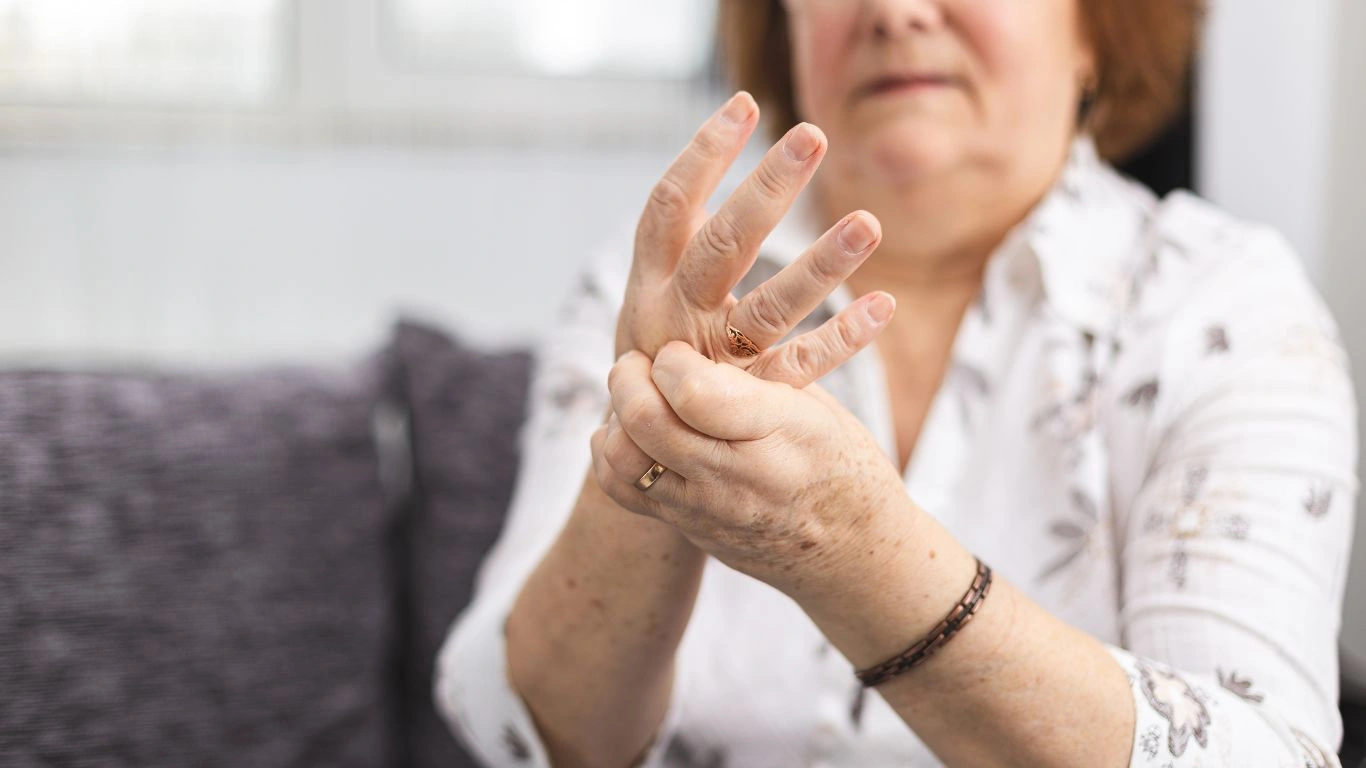
In the next sections, we’ll discuss the treatment options for managing RA-related joint deformities and how patients can take proactive steps to preserve joint function and improve their overall quality of life. But for now, remember that the key to minimizing damage lies in early intervention and ongoing management.
Managing Joint Deformities in Rheumatoid Arthritis
Managing joint deformities in rheumatoid arthritis (RA) is a long-term commitment that requires a comprehensive approach. As someone who’s seen countless patients struggle with the debilitating effects of RA, I can tell you that it’s not just about treating the symptoms; it’s about improving function, preventing further joint damage, and helping individuals regain a sense of independence. The earlier you start, the better the outcomes. But what does that management look like in real life? Let’s take a closer look.
Medications and Treatment Options
When it comes to managing RA, medications play a crucial role in controlling inflammation and preventing further joint damage. The goal here is to keep the inflammation at bay, which not only helps with pain relief but also protects the joints from long-term damage.
One of the first lines of defense for patients with rheumatoid arthritis are disease-modifying antirheumatic drugs (DMARDs). These medications help to slow down the disease process and can prevent the development of joint deformities. In my experience, patients who are started on DMARDs early have a much better chance of managing their condition without experiencing severe deformities.
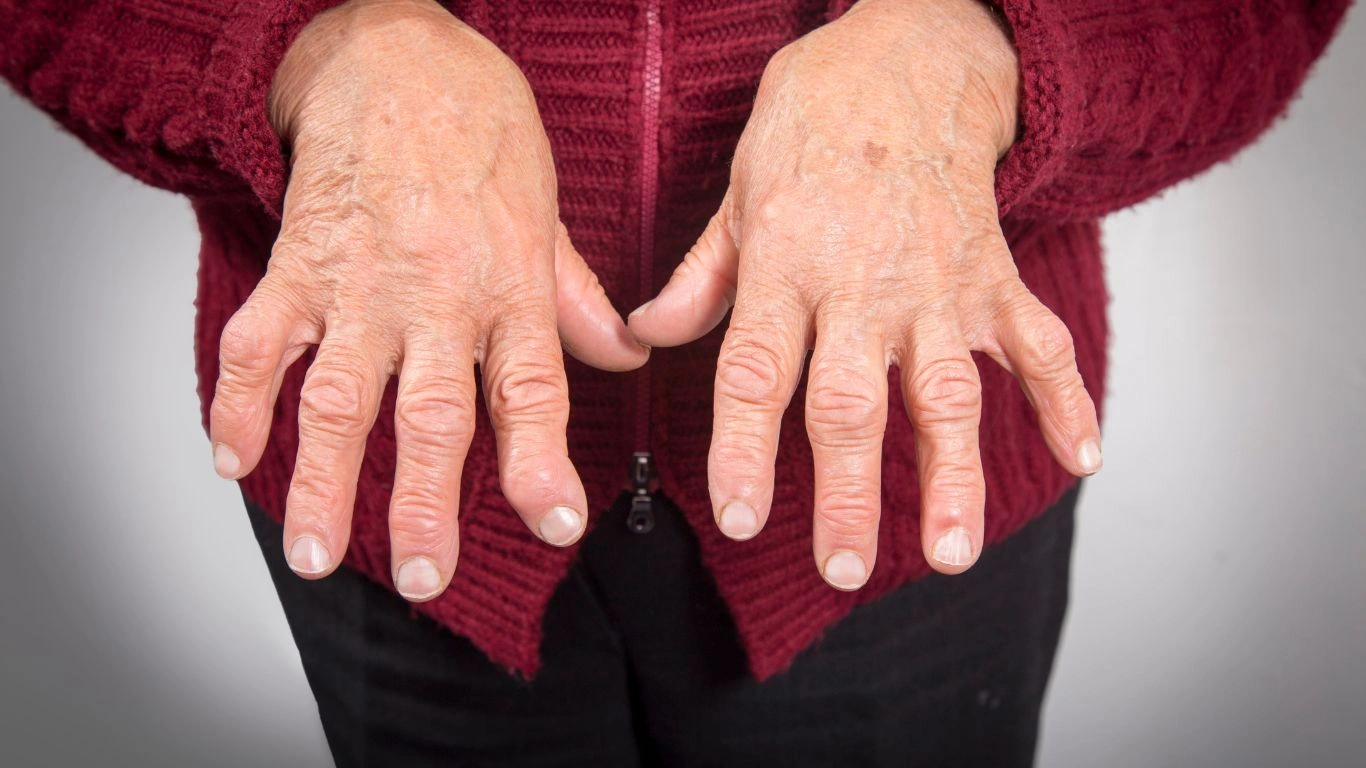
Biologic DMARDs are another step forward in RA treatment. These biologics target specific parts of the immune system that contribute to the inflammation, making them a powerful tool in halting joint damage. I’ve seen patients who’ve switched to biologics experience significant improvements in joint health, with a marked reduction in deformities and better overall mobility.
Other medications like nonsteroidal anti-inflammatory drugs (NSAIDs) can help manage pain and swelling, though they don’t address the root cause of the disease. Corticosteroids, such as prednisone, can also provide short-term relief from flare-ups, though they come with side effects that need to be managed carefully.
Physical Therapy: The Unsung Hero
While medications are essential, they’re just part of the solution. Physical therapy is something that can make a significant difference in managing RA and preventing joint deformities. I always recommend my patients work closely with a physical therapist to develop a personalized exercise regimen tailored to their specific needs.
Physical therapy helps strengthen the muscles around the joints, providing better support and reducing the strain on damaged areas. It also focuses on improving range of motion, which can be severely impacted as RA progresses. I’ve seen patients who regularly engage in physical therapy maintain their joint function much longer, and even reduce the severity of deformities in some cases.
Assistive Devices and Joint Protection
When joint deformities do occur, assistive devices can make a world of difference. As a rheumatoid arthritis expert, I’ve seen how using the right tools can help patients maintain their independence and preserve joint function.
For example, specialized grips or hand tools can help individuals with hand deformities continue performing daily tasks. For those dealing with severe foot deformities like hammer toe, custom orthotics or cushioned footwear can help reduce pain and improve walking ability. These simple devices can greatly enhance quality of life, helping patients stay active and self-sufficient.
Joint protection techniques are another important part of managing deformities. This includes making adjustments to everyday activities to reduce stress on affected joints. Simple strategies, like using larger joints for tasks (such as pushing with the palm instead of pulling with the fingers) or using ergonomic tools, can go a long way in preserving joint health.
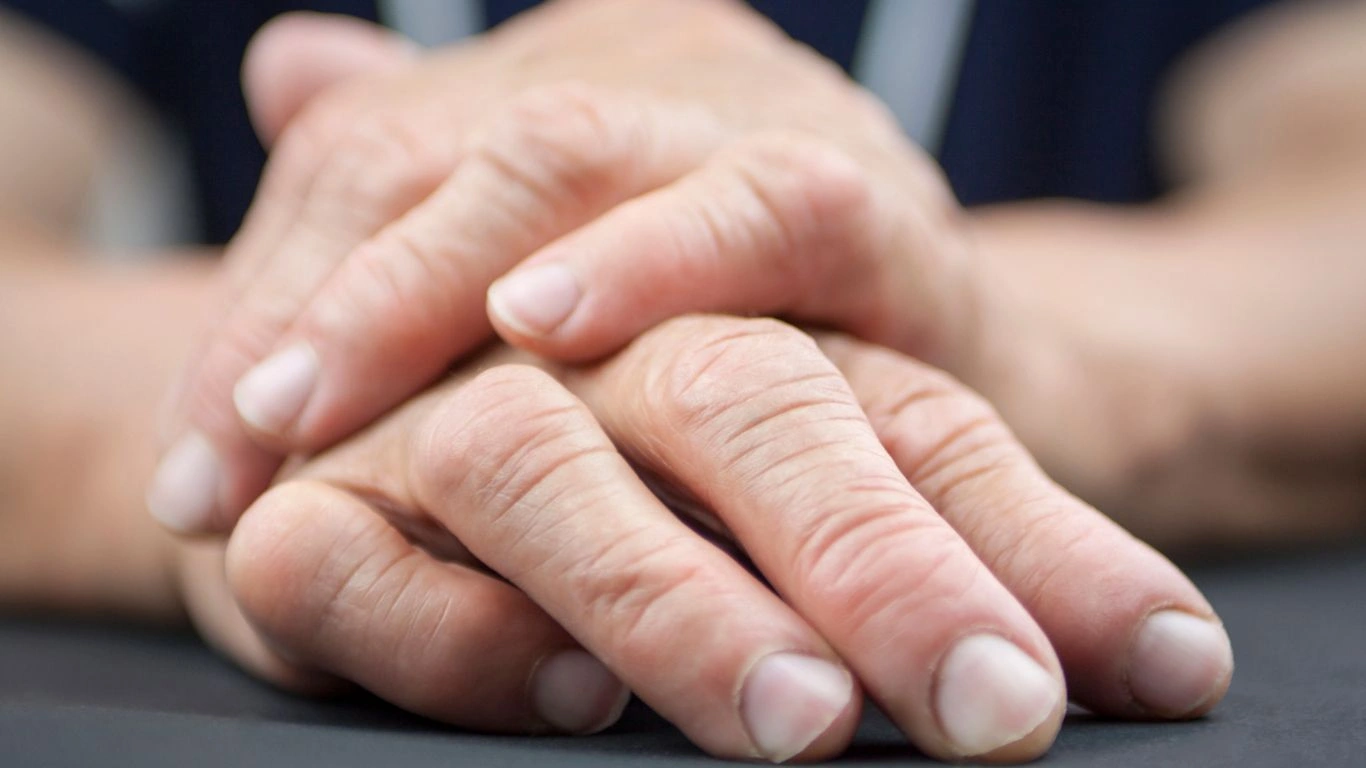
Can Surgery Help with Deformities?
Sometimes, despite all efforts, joint deformities from rheumatoid arthritis become severe enough that surgery is needed. While surgery isn’t always the first option, it can offer significant relief and improved function for those with advanced deformities.
One of the more common surgical interventions for rheumatoid arthritis is joint replacement. This is particularly useful in cases where the damage to a joint is extensive, and other treatments haven’t worked. A hip or knee replacement, for example, can dramatically improve a person’s quality of life, providing pain relief and restoring mobility.
In some cases, joint fusion or tendon repair surgeries may be required to stabilize a joint or restore function. While these procedures can’t fully reverse the damage caused by RA, they can offer lasting benefits and help patients regain independence in their daily lives.
Lifestyle Modifications: Small Changes, Big Impact
Alongside medical treatments, lifestyle changes play a crucial role in managing rheumatoid arthritis and its impact on joint deformities. As someone who’s worked with many RA patients, I always emphasize the importance of taking a holistic approach to treatment.
Diet is one area where small changes can lead to significant improvements. While no specific “RA diet” exists, eating anti-inflammatory foods like omega-3-rich fish, leafy greens, and fruits can help reduce overall inflammation in the body. Conversely, it’s important to avoid foods that may contribute to inflammation, such as processed foods, sugary snacks, and excessive red meat.
Regular exercise, as mentioned earlier, is a game-changer when it comes to RA management. Low-impact exercises, like swimming or cycling, are particularly beneficial for those with joint deformities. These exercises help maintain joint mobility, improve strength, and reduce stiffness, all while minimizing the strain on the joints.
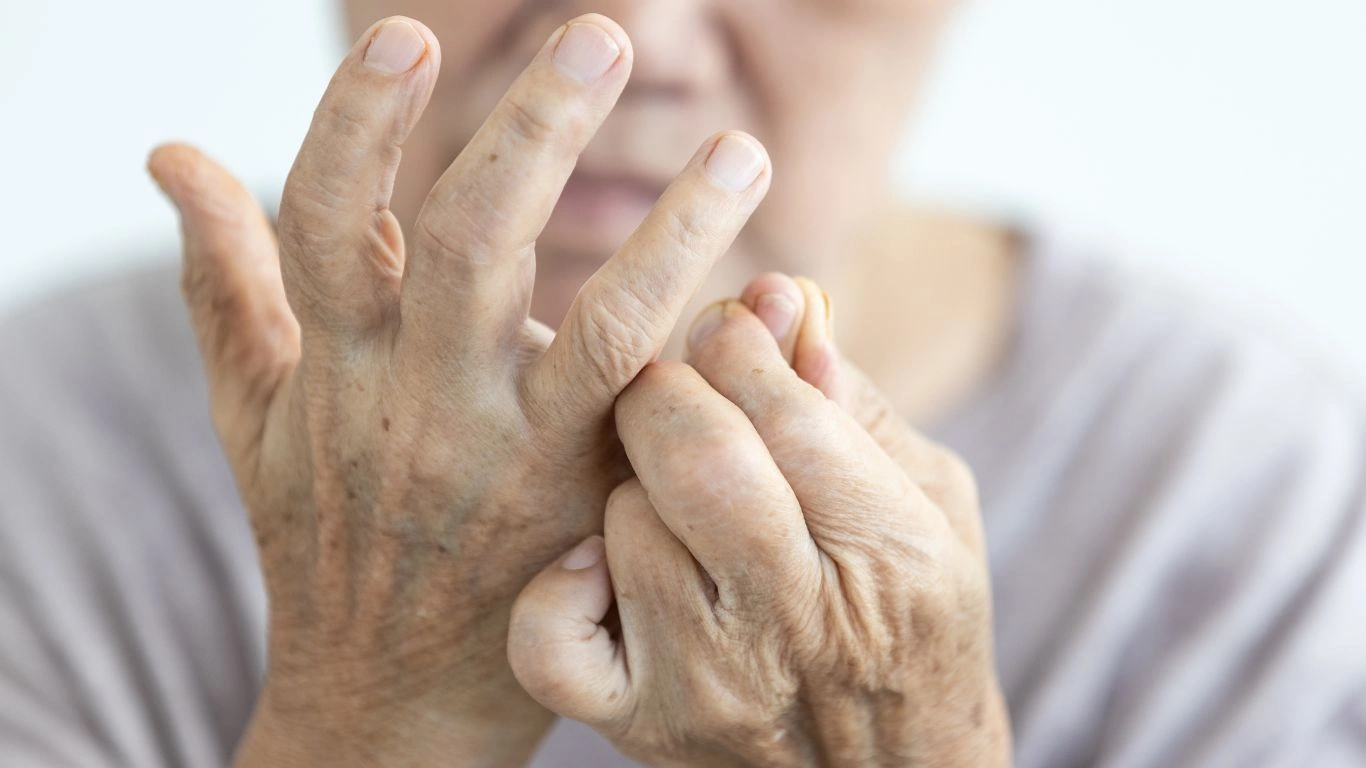
Managing Stress and Mental Health
It’s easy to overlook, but managing stress is another crucial aspect of living with rheumatoid arthritis. Chronic pain and physical limitations can take a toll on mental health, leading to anxiety, depression, and overall emotional exhaustion. In my experience, patients who incorporate stress-management techniques—such as mindfulness, meditation, or even simple breathing exercises—into their daily routine tend to cope better with the emotional and physical challenges of RA.
Moreover, connecting with others who understand the struggles of living with RA can be incredibly therapeutic. Whether it’s through online support groups or in-person meetings, sharing experiences with others who are going through similar challenges can provide comfort and emotional support.
Living with Rheumatoid Arthritis: Long-Term Care and Preventing Further Deformities
As we’ve discussed, rheumatoid arthritis (RA) can lead to severe joint deformities if left unchecked. However, with the right approach to treatment, management, and lifestyle changes, it’s possible to prevent or delay these deformities and maintain a good quality of life. In this final section, I want to explore long-term care strategies for RA, the importance of self-care, and how you can take charge of your health to prevent further joint damage. As someone who’s been working with RA patients for many years, I’ve seen the difference that a proactive, well-rounded care plan can make.
Ongoing Monitoring and Regular Check-ups
Rheumatoid arthritis is a progressive disease, and without continuous monitoring, it can be easy to miss signs of worsening joint damage or deformities. Regular check-ups with your healthcare provider are essential to assess how the disease is progressing and to make necessary adjustments to your treatment plan.
From my experience, patients who stick to a routine of regular visits to their rheumatologist have better control over their condition. It allows for timely adjustments to medications, such as increasing the dose of a disease-modifying antirheumatic drug (DMARD) or switching to a biologic if needed. Early intervention can help prevent severe deformities and protect joint health.
Additionally, frequent assessments of joint function, including range of motion and pain levels, can help tailor physical therapy sessions more effectively. Regular screening for potential complications—such as osteoporosis, which often develops alongside RA—ensures that you’re not overlooking other aspects of your health that may be impacted by the disease.
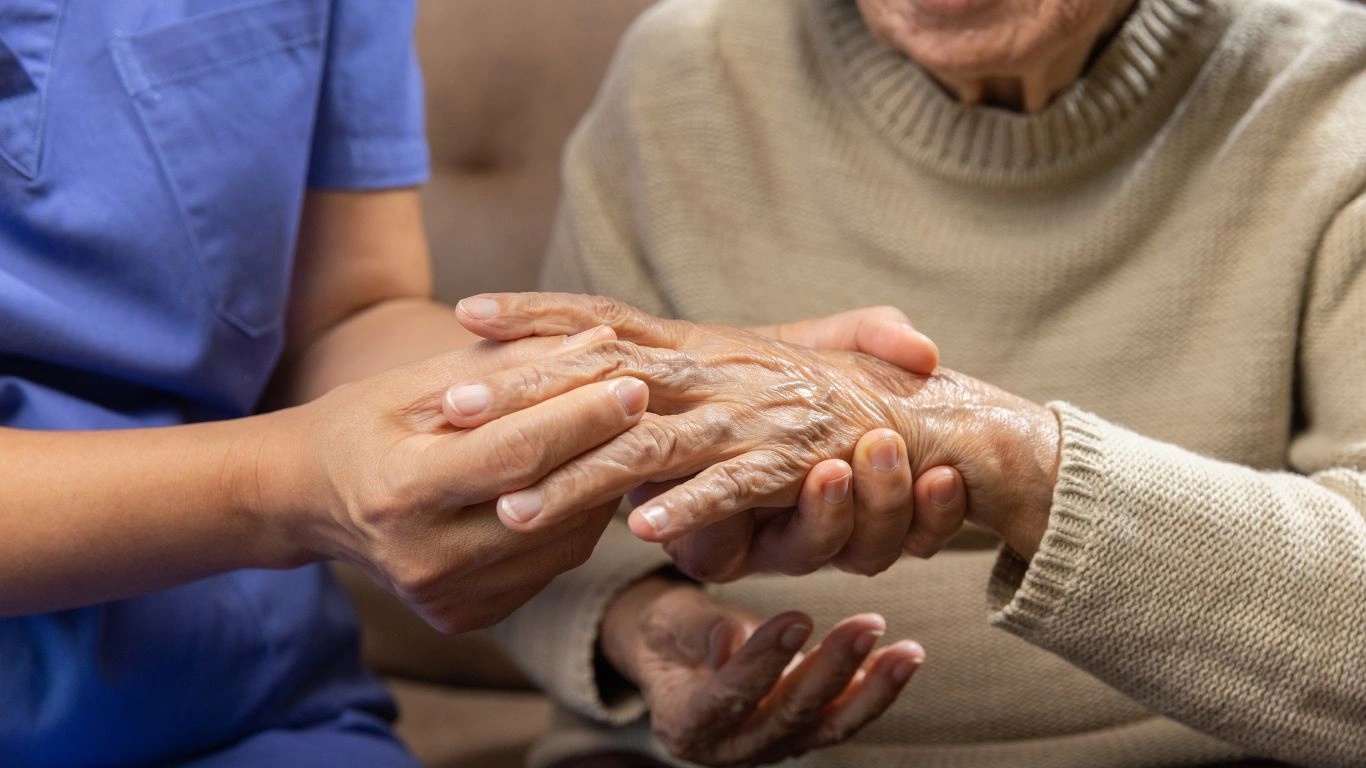
Support and Education: Understanding Your Condition
One thing I’ve seen consistently in my practice is the importance of patient education and support. Knowledge is power, and understanding your condition allows you to take a more active role in managing your health. For instance, many RA patients I’ve worked with feel more confident in managing their treatment once they learn about the available options, potential side effects, and the importance of lifestyle modifications.
Support groups, whether in-person or online, can also be a fantastic resource. Sharing experiences with others living with RA helps combat feelings of isolation, and learning from others’ successes and challenges can provide valuable insights. I’ve witnessed many patients form strong support networks that positively impact their emotional well-being and encourage them to stick to their treatment plans.
The Role of Mental Health in Managing RA
Living with rheumatoid arthritis is not just a physical challenge—it can take a significant toll on mental health. Chronic pain, limited mobility, and concerns about joint deformities can lead to feelings of frustration, anxiety, and even depression. I’ve always emphasized to my patients the importance of addressing mental health alongside physical health. It’s just as important as managing the disease itself.
Mindfulness and relaxation techniques, such as deep breathing, meditation, or yoga, can be incredibly beneficial in reducing stress and anxiety. For many of my patients, incorporating these practices into their routine has helped them cope with the emotional side of living with RA. Therapy or counseling can also help individuals work through the mental health challenges that come with chronic illness, providing a safe space to process feelings and develop coping strategies.

Adaptive Strategies for Everyday Life
As joint deformities progress, you may need to make some changes to the way you approach daily activities. But the good news is that there are plenty of adaptive strategies that can help maintain independence while minimizing strain on affected joints. I’ve seen patients become experts at modifying their environment to accommodate their needs, often using simple tools and techniques to improve their daily routines.
For instance, using long-handled reachers, jar openers, or button hooks can make tasks like dressing, cooking, and cleaning much easier. If hand deformities are an issue, employing ergonomic tools with larger grips or stylized handles can significantly reduce the strain. These little adjustments not only preserve joint health but also help maintain dignity and independence, which is key to emotional well-being.
Similarly, adjusting your home and work environment to reduce strain on affected joints can have a big impact. For example, ensuring your chair is at the right height, using a cushion to support your back, or setting up a workstation that’s ergonomic can make it easier to go about your day with less discomfort.
Future Outlook: What’s on the Horizon for RA Treatment?
Looking ahead, the future of rheumatoid arthritis treatment holds a lot of promise. With ongoing research and clinical trials, there are new medications and therapies on the horizon that could revolutionize the way we manage RA. From my perspective, these advancements are incredibly exciting, and they offer hope to many patients who have struggled with joint damage and deformities.
Biologic treatments, for example, continue to evolve, becoming more targeted and effective with fewer side effects. Advances in gene therapy and stem cell treatments also hold the potential to offer long-term solutions to repairing damaged joints and preventing deformities. While these treatments are still in the experimental phase, they could be game-changers for RA patients in the near future.
Moreover, innovations in diagnostic tools allow for earlier detection of RA, which means that we can intervene earlier and prevent much of the joint damage that leads to deformities. With the right combination of early diagnosis, better treatments, and a comprehensive care plan, the outlook for individuals living with rheumatoid arthritis is brighter than ever before.
As always, I encourage my patients to stay informed about the latest treatment options, attend regular check-ups, and continue practicing self-care. It’s this proactive approach that will help minimize the impact of rheumatoid arthritis on their joints and overall quality of life.
References
- Rheumatoid Arthritis Overview
- Treatments for Joint Deformities in RA
- Understanding Rheumatoid Arthritis
Disclaimer: The content provided in this article is for informational purposes only and is not intended to replace professional medical advice, diagnosis, or treatment. Always consult with a healthcare provider for advice regarding your specific condition.

Tarra Nugroho is a dedicated Nurse Practitioner with a strong foundation in family and preventive care. She brings both compassion and clinical expertise to her practice, focusing on patient-centered care and health education. As a contributor to Healthusias.com, Tarra translates medical knowledge into clear, empowering articles on topics like women’s health, chronic disease management, and lifestyle medicine. Her mission is simple: help people feel seen, heard, and informed—both in the clinic and through the content she creates. When she’s not caring for patients, Tarra enjoys weekend hikes, plant-based cooking, and curling up with a good health podcast.

